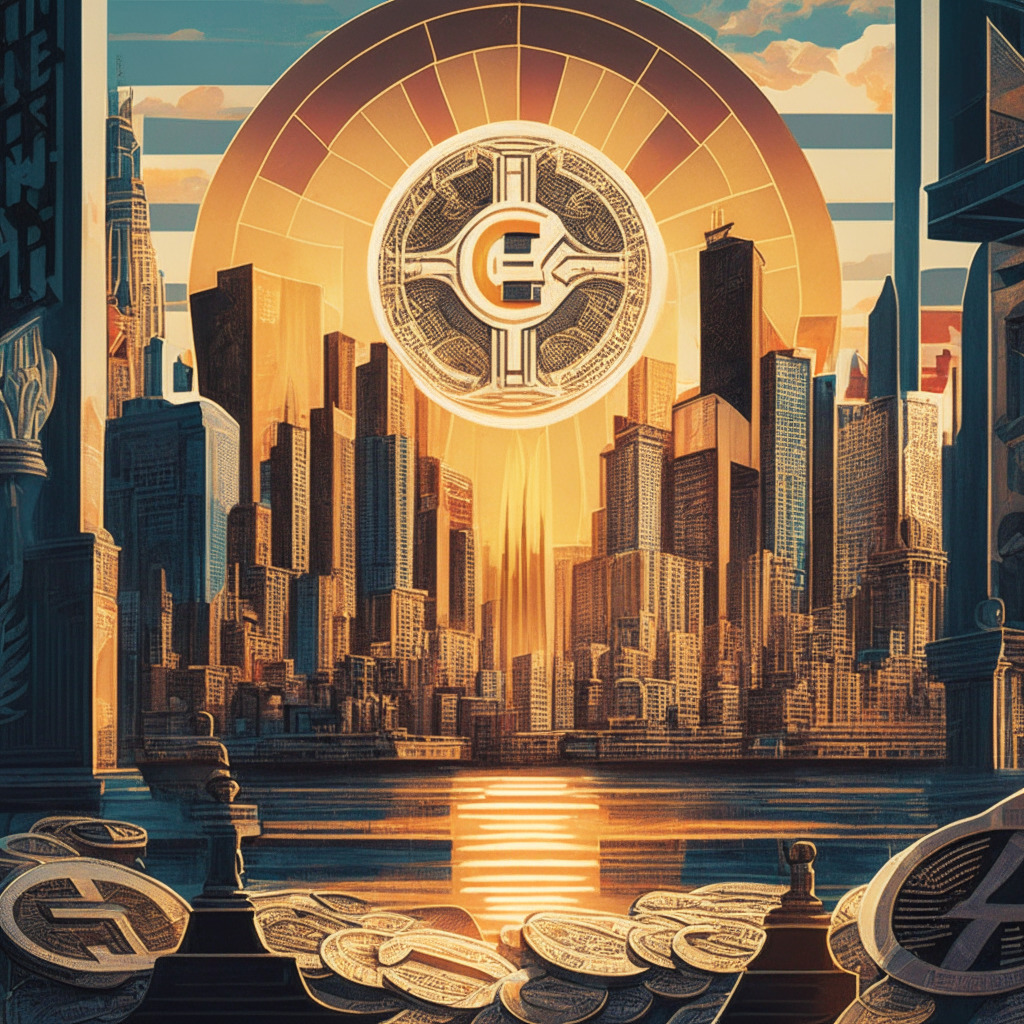The steady climb of risk assets in the market has captured the attention of crypto enthusiasts worldwide. Surprisingly, digital assets have lagged behind the Nasdaq stock index by a significant 24% since May, despite a strong start to the year with a 52% gain. This observation was made by Bank of America in a recent research report.
The sentiment surrounding digital assets appears to be worsening due to the enforcement actions carried out by the U.S. Securities and Exchange Commission (SEC). This uncertainty in regulatory oversight has led to a decline in token prices. It is crucial to note that digital asset trading platforms are only a fragment of the broader crypto ecosystem.
The SEC has targeted major players in the crypto space, such as Binance and its founder, Changpeng “CZ” Zhao, as well as Coinbase, on allegations of violating federal securities laws. These events have generated concerns regarding the future of digital assets and the influence of regulatory bodies.
On the other hand, the rapid development and integration of distributed ledger and blockchain technology infrastructure are not being discussed as much as they should be. Amidst the constant focus on regulatory headwinds, the approval of a spot Bitcoin exchange-traded-fund (ETF) in the United States, and illicit activities, the transformative potential of blockchain technology often takes a backseat.
With the rise of private permissioned distributed ledgers and blockchain subnets, the tokenization of traditional financial assets is becoming a reality. These innovations have the power to significantly reshape financial and non-financial infrastructure and markets in the coming years.
According to Bank of America, we should anticipate significant transformation in various sectors over the next five to ten years, as blockchain infrastructure and tokenization become more prominent. These advancements in the technology, combined with the ongoing efforts to create a regulated environment for digital assets, have the potential to open up previously unexplored opportunities for growth.
However, the convoluted regulatory landscape may present challenges, which could hinder innovation and market expansion. Finding the right balance between protecting investors and fostering technological development will be key to shaping the future of digital assets and the blockchain ecosystem.
In conclusion, the prospect of blockchain technology transforming financial and non-financial infrastructure is exciting, but the challenges posed by regulatory uncertainties and enforcement actions should not be overlooked. To witness an optimal outcome for the industry, stakeholders must understand the importance of striking a balance between ensuring investor safety and promoting innovation.
Source: Coindesk




